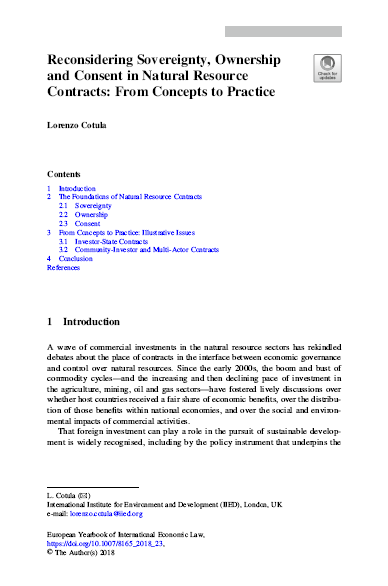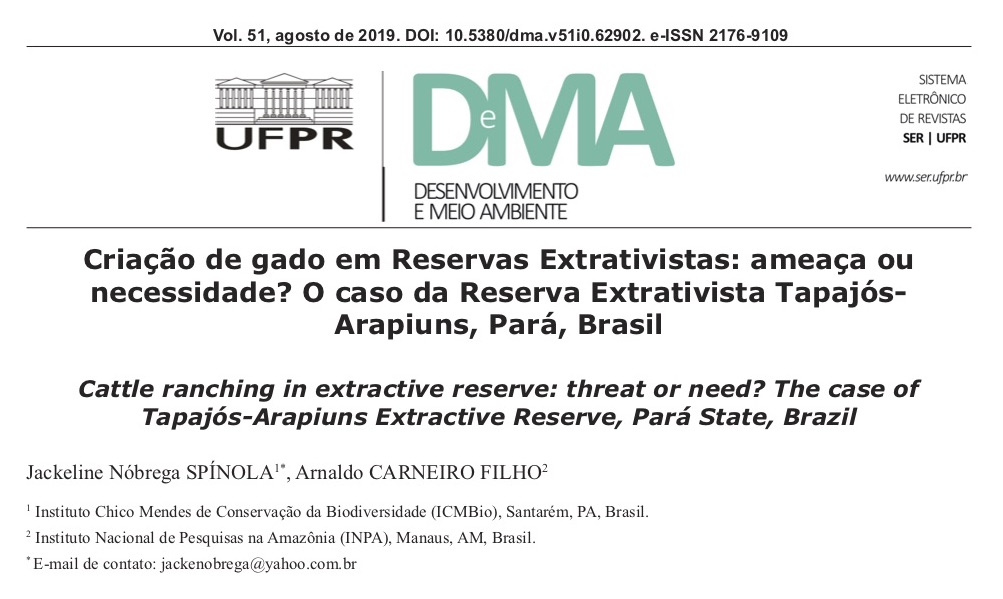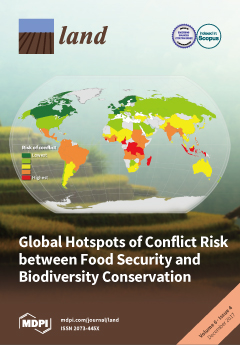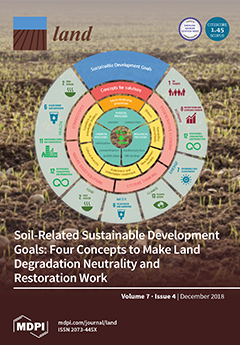Indigenous peoples and mining encounters: strategies and tactics
This paper argues that mining can not be considered ‘sustainable’ if indigenous cultures are rendered unsustainable in the process. Given that many remaining unexploited ores lie under indigenous lands, there is increasing pressure to mine on or near indigenous lands.










